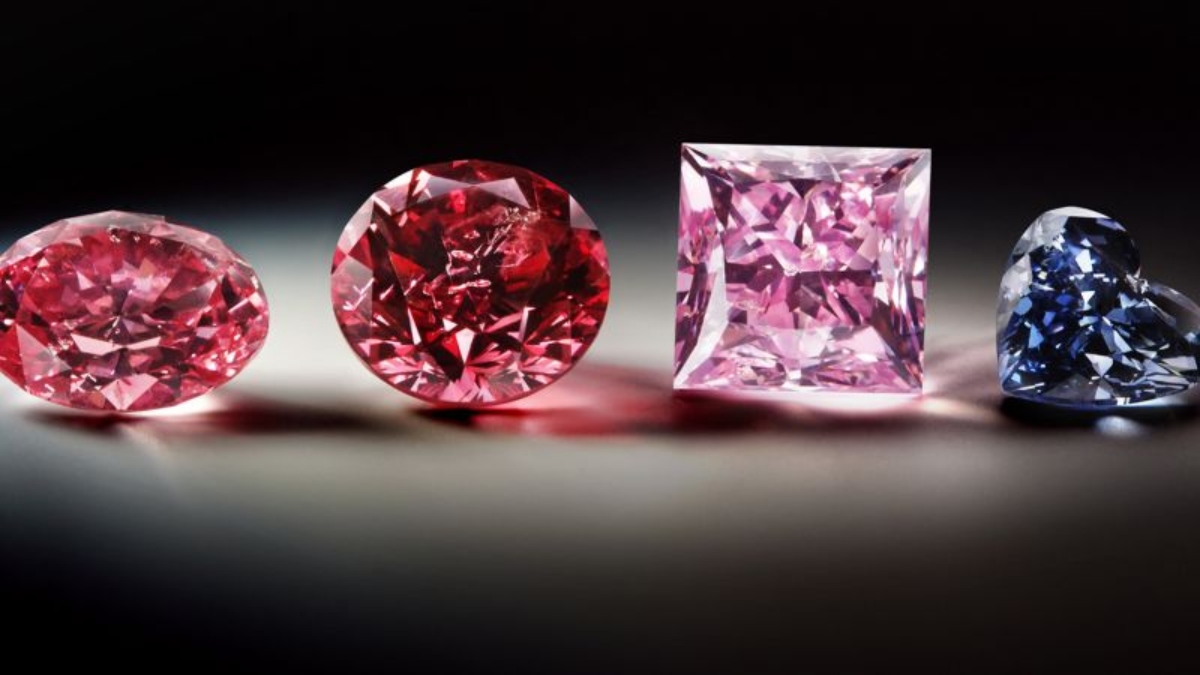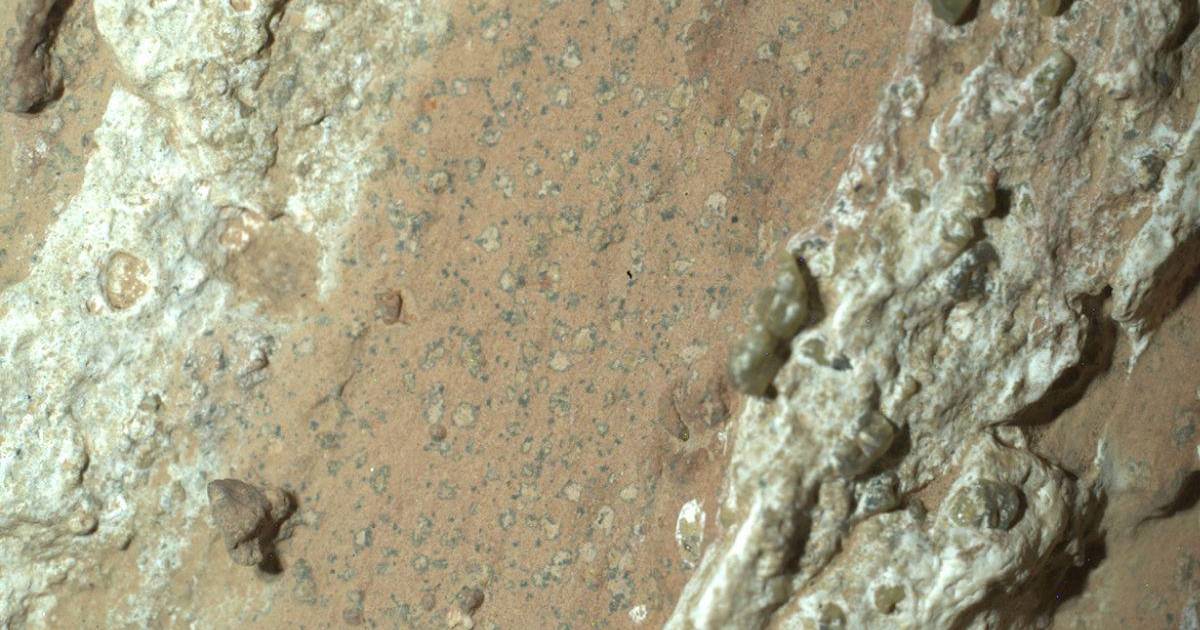(CNN) — Pink diamonds are extremely rare and desirable: a now-closed Australian mine is the source of 90% of colored gems. The highest quality shiny pink specimens can sell for millions of dollars. However, researchers suggest that a discovery made in the same area could help uncover new deposits of these jewels.
Scientists studying the Argyle diamond deposit in Western Australia, where the mine is located, say they now have a better understanding of the geological conditions needed to create pink diamonds and other colored varieties, according to a study published Tuesday. Journal of Nature Communications.
Using lasers to examine minerals and rocks taken from the Argyle deposit, researchers discovered that the pink diamond-rich deposit formed when an ancient supercontinent called Nuna broke up about 1.3 billion years ago.
“As the continent that would become Australia coalesced, the area where Argyle is located stretched even along the scar, creating gaps in the Earth’s crust through which magma shot toward the surface, bringing pink diamonds,” said lead author Dr. Hugo Olyruk, a researcher at Curtin University’s John de Later Center in Perth, Australia, in a news release.
The Argyle Diamond Mine is located in the remote Kimberley region in the north-east of Western Australia. (Credit: Murray Rayner)
Digging for pink diamonds
Most diamond deposits are found in the middle of ancient continents, in volcanic rocks that rapidly transport diamonds from deep within the earth to the surface.
However, diamonds become Roses Or red, must be subjected to extreme forces from the collision of tectonic plates, which twist and bend their crystal networks. Most of them Brown diamonds This is how they are formed.
At Argyle, this process happened about 1.8 billion years ago, when Western Australia and Northern Australia collided, turning previously colorless diamonds pink hundreds of kilometers below the Earth’s crust.
But how did these colored diamonds come to the surface? The team of researchers discovered that the Argyle sites are 1.3 billion years old, from the time when an ancient supercontinent called Nuna was breaking up.
According to a new study, pink diamonds from the Argyle diamond mine formed when an ancient supercontinent broke into pieces. (Credit: Murray Rayner)
Supercontinents, formed when several continents merge to form a single landmass, have arisen many times throughout Earth’s geological history.
“By using laser beams smaller than the width of a human hair on rocks provided by Rio Tinto (the company that owns the mine), we discovered that Argyle is 1.3 billion years old, 100 million years older than previously thought, meaning it may have been the result of the breakup of an ancient supercontinent,” Oliruk said. Explains.
The authors propose that the breakup of Nuna could reopen the ancient junction left by the colliding continents, allowing diamond rocks to pass through this region to form large diamond deposits.
This chain of events, according to the study, suggests ancient continental encounters may be important for the discovery of pink diamonds and may guide the exploration of other deposits.
“Most diamond deposits are found in the centers of ancient continents, because the volcanoes that host them are usually exposed to the surface for explorers to find,” Oliruk explains.
“Argyle lies at the seam of these two ancient continents, and these margins are often covered by sand and silt, leaving the possibility of similar pink diamond-bearing volcanoes being discovered, including in Australia.”



:max_bytes(150000):strip_icc()/WilliamLevy-9d1412ad3c01443498e58ed956f6242c.jpg)

